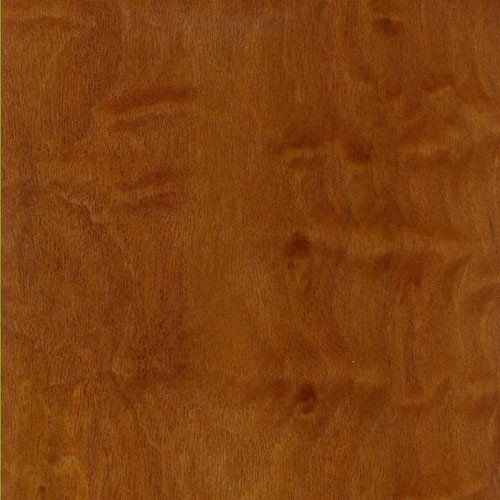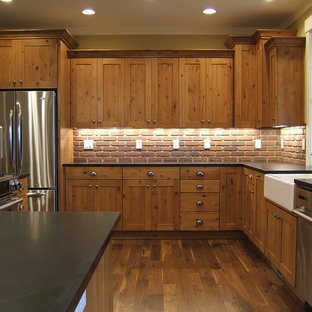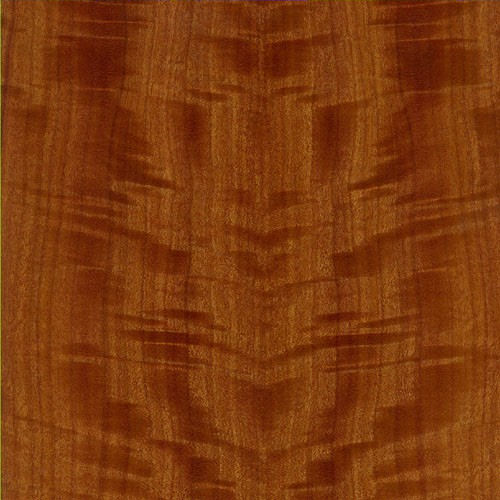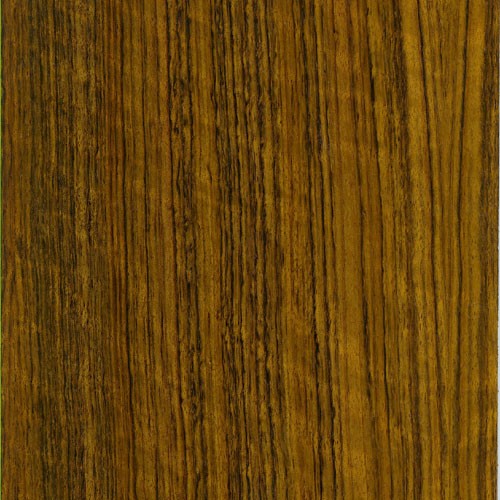Moabi
Native to tropical Western African, Moabi is a very large tree that grows in the humid, warm equatorial rainforests from Nigeria south to Angola. Also, known as “African Pearwood,” it’s extremely important to the local people who depend on its medicinal properties and its fruit for food.
But the people aren’t the only ones who rely on Moabi’s resources. Elephants graze on the seedlings, dramatically cutting back the tree’s younger population. And timber companies heavily harvest the mature trees for their wood, which has led to conflicts with the citizens. In one instance, a law was created endowing the local village chief the power to authorize the cutting of any of the trees within 5 km of his community.
Needless to say, Moabi is both important and popular. It’s also heavy, hard, elastic, very durable, and very beautiful.
The fairly uniform heartwood is a majestic, reddish brown color — sometimes a little darker, sometimes a little pinkish — and tends to darken with age. Clearly demarcated, the sapwood is dark gray to pinkish gray. The wood has a fine texture, and is typically straight grained, though Moabi can be interlocked, creating a variety of figures like pommele, quilted, mottled, and beeswing.
All making for a classic look that makes Moabi popular for wood veneer, architectural plywood, luxury furniture, parquet flooring, cabinetry, musical instruments, and turned specialty items.
Species Distribution:
Western Africa
Central Africa
Nigeria
Cameroon
Gabon
Republic of the Congo
DRC
Angola
Common / Alternative Names:
African Pearwood
Djave Nut
Janka Hardness:
1,790 lbf
Sustainability Status:
CITES Appendices: Not listed
IUCN Red List of Threatened Species: Listed as vulnerable due to a population reduction of over 20% in the past three generations, caused by a decline in its natural range, and exploitation.









